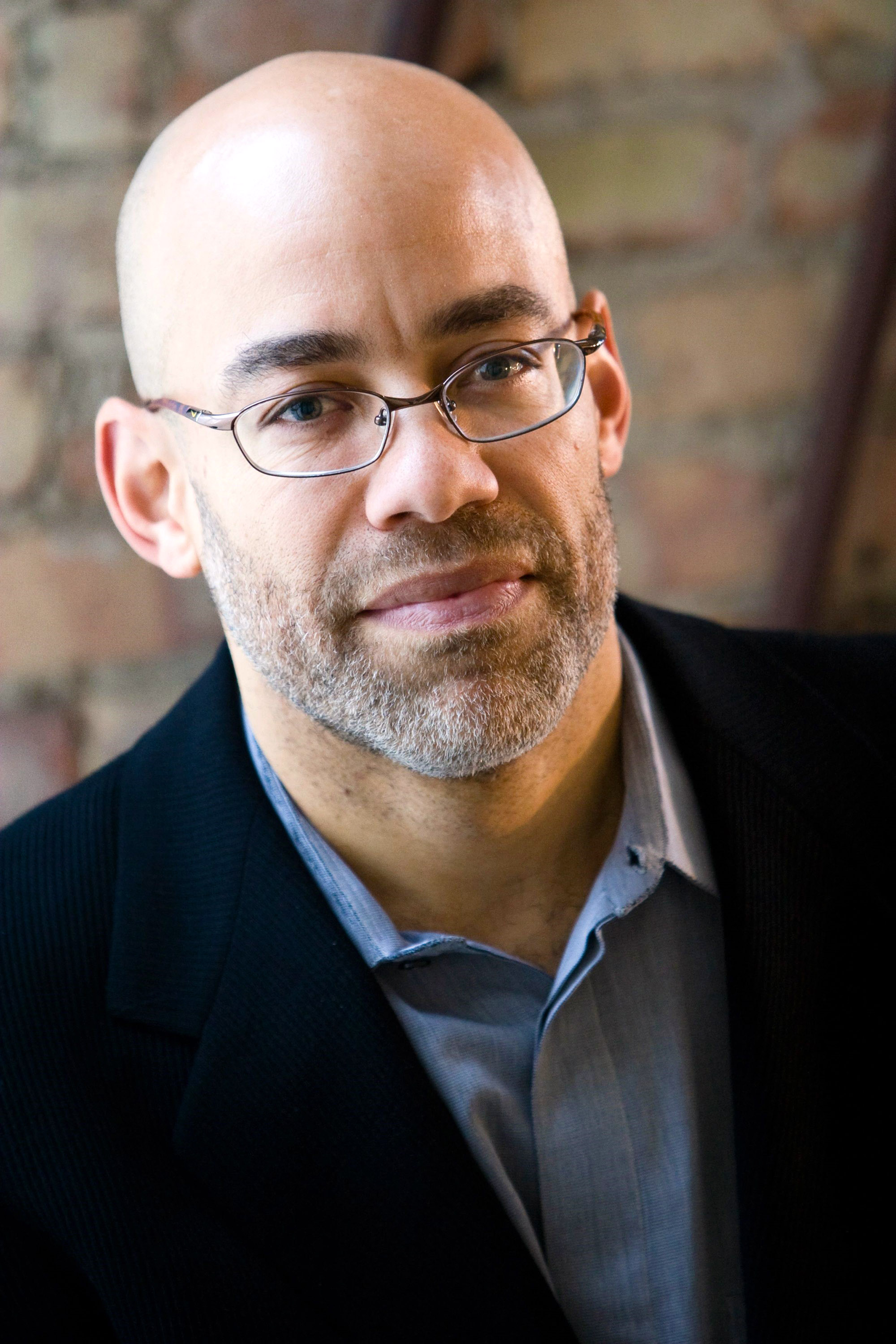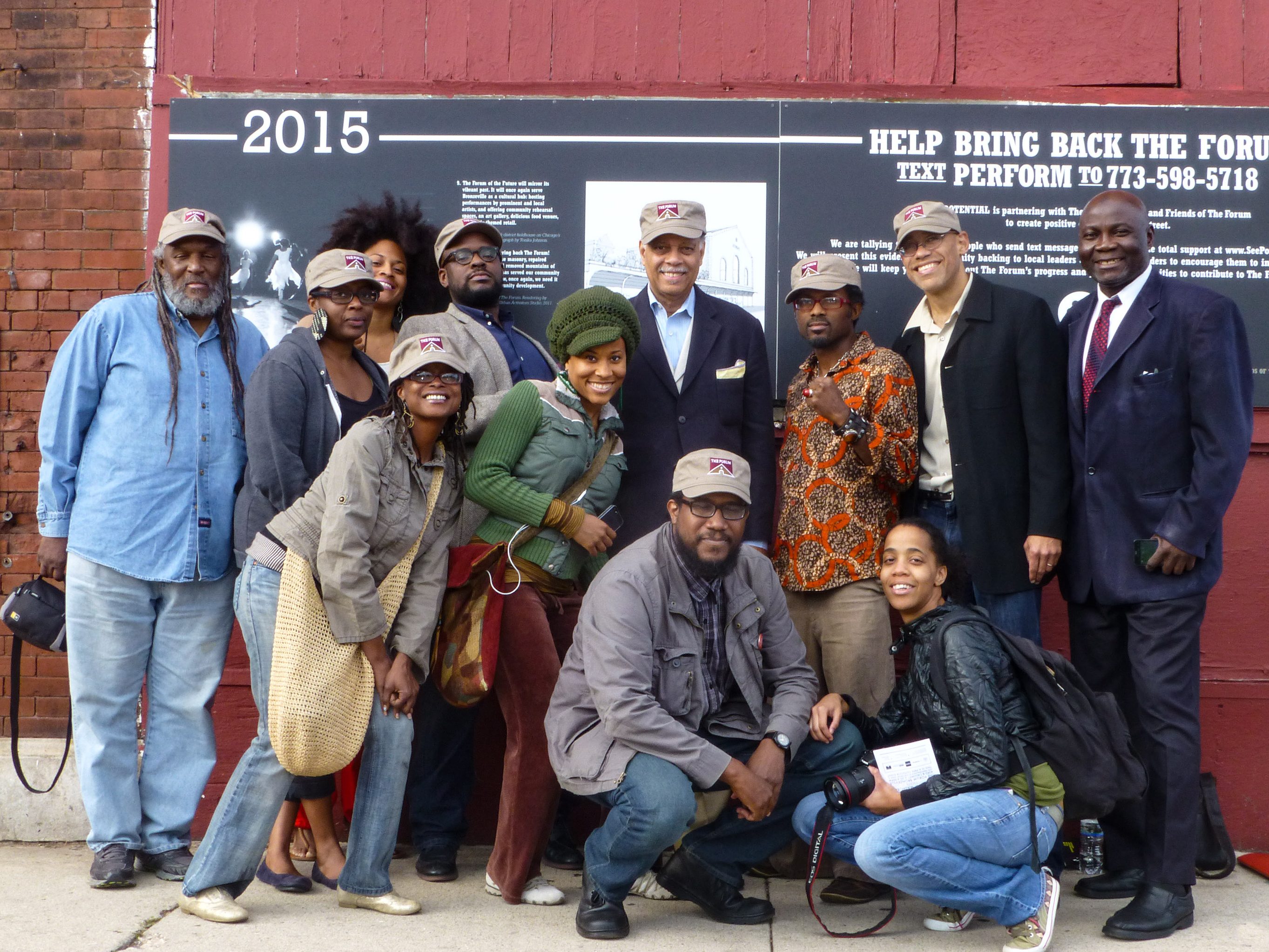A community renaissance on Chicago’s South Side

Bronzeville, on the South Side of Chicago, has a storied past. An end point for many African-Americans moving north during the Great Migration, the neighborhood became known in the mid-20th century as Chicago’s Harlem. Nat “King” Cole, Sam Cooke, and Dinah Washington got their starts in its Regal and Savoy theaters. At nearby Provident Hospital, Dr. Daniel Hale Williams performed the first successful open-heart surgery. Athletes and writers including Jesse Owens, Ralph Metcalfe, Joe Louis, Richard Wright, Lorraine Hansberry, and Gwendolyn Brooks all called Bronzeville home.
“I appreciated the history of the neighborhood,” says Bronzeville resident Bernard Loyd ’83, SM ’85, PhD ’89, SM ’90, “and I loved the beautiful brownstones. In the home I bought, there was this abundance of natural light. Of course,” he adds, “all the light was due in part to the fact that, after being vacant and vandalized for years, an entire back wall of the property was missing.”
As Loyd restored his own home, he decided to work to reinvigorate his community as well. “I’ve always been interested in community development,” he says. “Solving complex problems is what I was trained to do in my decade-long tenure as an MIT student. In a neighborhood which has been subjected to redlining and racism, disregard by political leaders, and decades of neglect and disinvestment of capital, community revitalization is as complex a problem as you’ll ever find.”
After earning undergraduate and graduate degrees from MIT in aeronautics and astronautics, Loyd stayed on for a master’s degree from the MIT Sloan School of Management and then spent more than a dozen years as a consultant at McKinsey. Now, having “decided to focus on the challenges in my own backyard,” he is founder and president of Urban Juncture, a social enterprise he started in 2003 to revitalize disinvested communities in Chicago. With its Build Bronzeville project, the organization is building on local culture and community and encouraging the development of small businesses.

One facet of the project, Bronzeville Cookin’, celebrates the cuisines and cultures of the African diaspora, with one restaurant, an incubator space, and a rooftop farm and community garden in operation so far. “Good food is the heart of any community, and from a business point of view, restaurants are labor intensive. That translates to local jobs,” says Loyd.
Another aspect of Build Bronzeville is a neighborhood marketplace called Boxville, consisting of colorful, repurposed shipping containers where small businesses can ply their wares. A popular outdoor gathering place since 2017, it continues to bring locals together during the covid-19 pandemic with socially distanced community resource fairs and weekly fitness classes. Boxville’s “anchor store” is Bike Box, a bicycle repair shop that opened in 2014, supporting an efficient and climate-friendly mode of transportation. “A bike repair shop doesn’t need a lot of space or capital,” Loyd says, “and yet it satisfies a vital need in this community.”
Urban Juncture’s most ambitious project to date is the Forum. Built in 1897, the onetime dance hall and meeting space closed its doors in 1970, sank into disrepair, and was earmarked for demolition. But in 2019, the building was added to the National Register of Historical Places, which makes it eligible for more investment sources and tax credits. Loyd is leading an effort to raise $15 million to return the space to its glory as a flexible performance venue.
“I’m working just as hard here in Bronzeville as I did at McKinsey and at MIT,” Loyd says, “but it feels different. Because I am able to see the results of my work in the look of my neighborhood and the improved lives of my neighbors, it makes running Urban Juncture not much like work at all.”
Keep Reading
Most Popular
Large language models can do jaw-dropping things. But nobody knows exactly why.
And that's a problem. Figuring it out is one of the biggest scientific puzzles of our time and a crucial step towards controlling more powerful future models.
The problem with plug-in hybrids? Their drivers.
Plug-in hybrids are often sold as a transition to EVs, but new data from Europe shows we’re still underestimating the emissions they produce.
Google DeepMind’s new generative model makes Super Mario–like games from scratch
Genie learns how to control games by watching hours and hours of video. It could help train next-gen robots too.
How scientists traced a mysterious covid case back to six toilets
When wastewater surveillance turns into a hunt for a single infected individual, the ethics get tricky.
Stay connected
Get the latest updates from
MIT Technology Review
Discover special offers, top stories, upcoming events, and more.